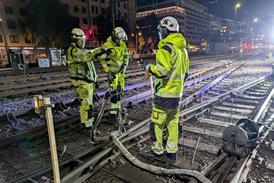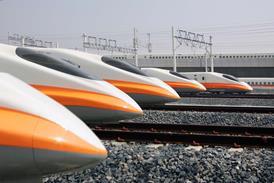Coronavirus crisis offers lessons for rail freight policy
By Railway Gazette International2020-06-11T05:00:00

EUROPE: The European Rail Freight Association says lessons about the key success factors for rail freight can be learned from the significant improvement in performance which has occurred as a direct consequence of the drastic reduction in passenger traffic during the coronavirus pandemic.
Already have an account? LOG IN
To continue…
You’ve reached your limit of content for the month
Get enhanced access to Railway Gazette news and weekly newsletters.

For almost 200 years, the Railway Gazette Group has been the leading provider of news, analysis and intelligence for the international railway industry. Our independent and authoritative content is read by operators, regulators and the supply industry in over 140 countries using a variety of tailored subscription packages.
Site powered by Webvision Cloud



